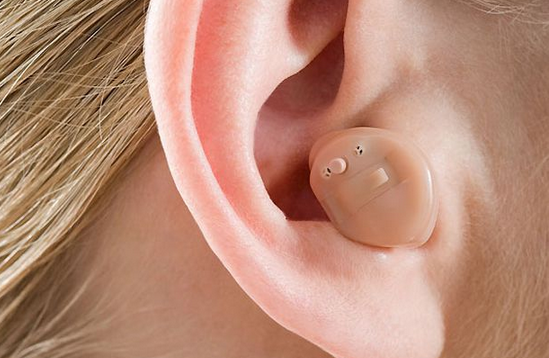Hearing aids are pretty fantastic devices; an invention capable of completely transforming someone’s life for the better. If you’re not deaf, count yourself lucky, then imagine how hard it would be to lose the ability to hear your partner’s voice, or your child’s laughter, or the breaking of waves on the shore, or even just your favourite song – it wouldn’t be nice.
A hearing aid is an incredible piece of kit, not just because of the job it does, but also because of where it does the job – the inside of your ear is warm, moist, and full of wax. It’s rather impressive that it can continue to function in such an environment.
To make sure your hearing aid can continue doing its important job to its very best capacity, you’ll have to take good care of it when it’s not in your ear. You will need to maintain it properly, and take good care of it, making sure that you keep it clean and dry. Here’s how to keep your hearing aid working better, for longer.
Cleaning the Receiver
We’re going to look at how to clean behind the ear (BTE) hearing aids, as they are by far the most common type. If you use a different style of hearing aid, such as an in the ear (ITE) or in the canal (ITC), there are a number of guides available on sites like eHow.
BTE hearing aids incorporate a silicone piece; this fits into the ear canal, while the hearing aid itself hangs around the back of the outer ear. Whenever you remove the hearing aid, the silicone piece should be carefully wiped with a tissue. This should prevent any moisture or wax from entering the aid’s tube.
Once a week, instead of using a tissue, you should use an alcohol cleaning wipe. At the end of the piece, you’ll find a hole – this is where the sound issues from, so it must be kept clear. Use a hearing aid brush to pick out any wax; wax will impair the sound quality and could even damage the hearing aid itself.
Near the on/off switch and the volume control is the microphone; this should be cleaned using either a soft toothbrush or a special hearing aid brush. Next, clean the receiver, which is under the hook which fits over the top of your ear. Brush all around the area.
Drying It Out
Get a dry-store box from your local pharmacy or hearing aid supplier – you put your device inside the box whilst you sleep at night, and it uses silicon to absorb any of the excess moisture, thus protecting your precious hearing aid.
Different dry-store boxes work best for different hearing aids; ask your audiologist about which one is best suited to you.
Cleaning the Vent
The vent allows air and sound to travel in and out of your ear canal, so it’s a pretty important piece. You will hear echoes if your vent fills with wax, so clean it out once a week with a toothbrush.
There are no delicate pieces, so you won’t damage anything. Make sure the bristles get deep within the hole when you’re brushing.
Tom Rokins is a blogger based in the UK. He has written this article on behalf of Boots Hearingcare. If you are concerned about your hearing, book your hearing test online at Boots.

